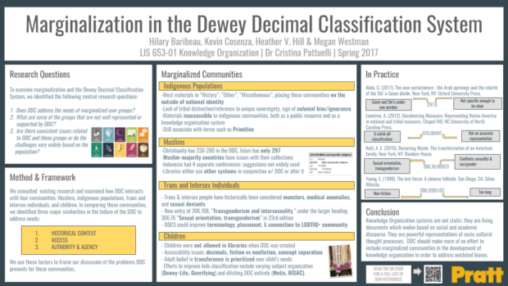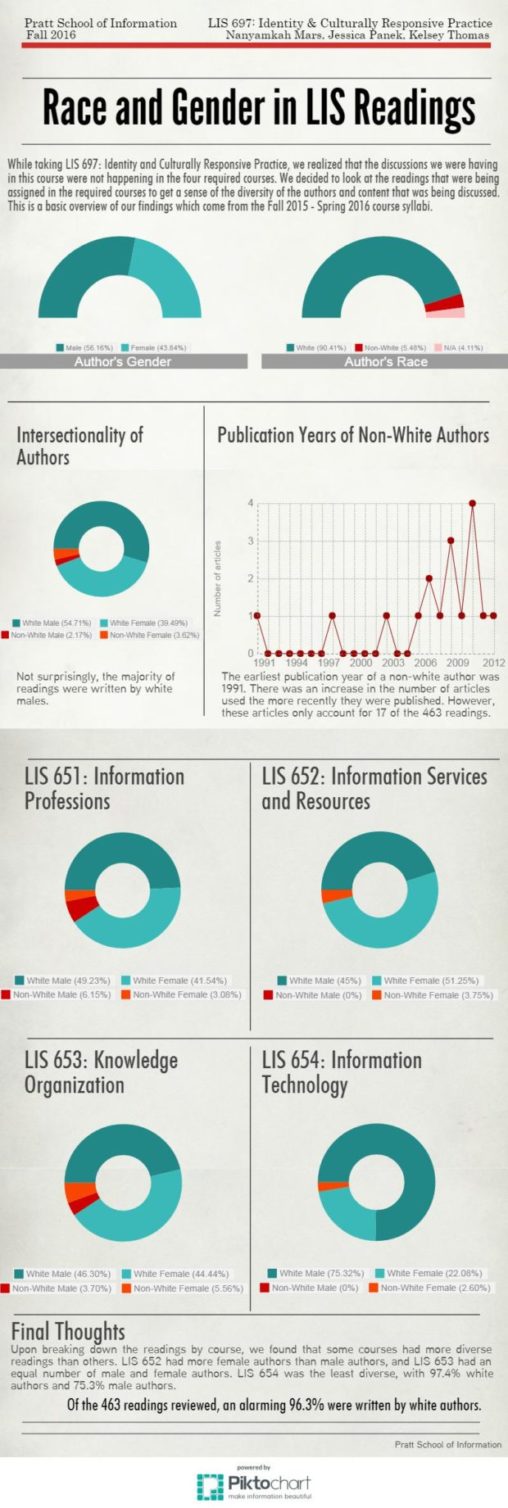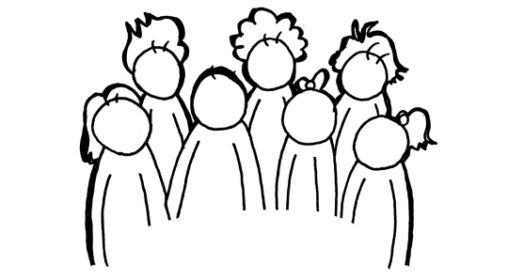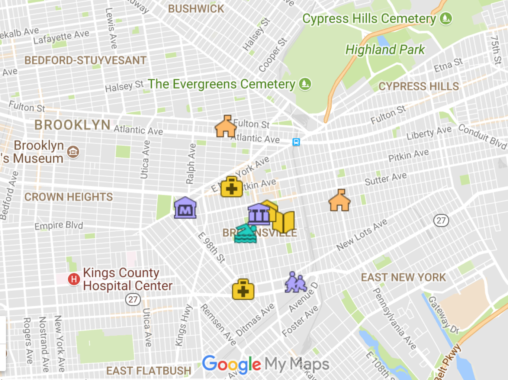Tag: public librariesPage 1 of 2

As the Pratt Digital Preservation & Archives Fellow at NYPL, I’ve been working with the Library’s Digital Archivist to address issues surrounding software preservation. This presentation will discuss such digital preservation tools as Wikidata, PRONOM, and Archivematica—and how they’ve been implemented toward the long-term preservation of a proprietary software and its associated file formats.
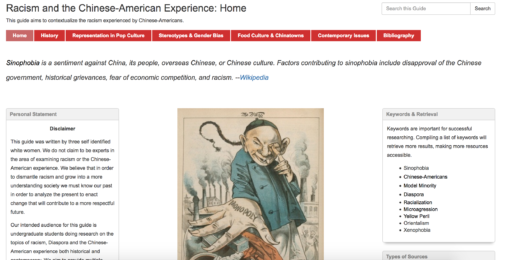
“Racism is a learned behavior, influenced by fear and sustained by ignorance. This Libguide was created to help students better contextualize how discriminatory policies and fear mongering produced widespread racism against Chinese-Americans. In order to dismantle racism, it is imperative to recognize it’s many forms both historical and contemporary.
The creators, three self-identified white women, do not claim to be experts on the Chinese-American experience and we recognize our privilege in the creation of this guide. We welcome any and all criticism and hope to create discussion around the power of librarians as content creators.”
These projects are examples of librarians working to support their communities in ways that respond directly to the community needs.
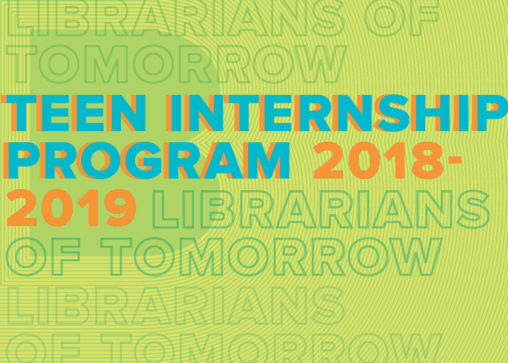
As part of an IMLS grant, Pratt is providing professional development for the Librarians of Tomorrow (LoT), high school interns at Brooklyn Public Library branches. LoT interns also receive professional development such as workshops on preparing for college, writing resumes, working with the public, using tech for school and work, etc. Workshop curricula were developed in LIS 673 in fall 2017 in collaboration with Professor Hochman. In Spring 2018, Pratt students facilitated workshops for Brooklyn Public Library’s LoT interns. This presentation will describe the process, and even include the voices of the teens themselves (ideally!).
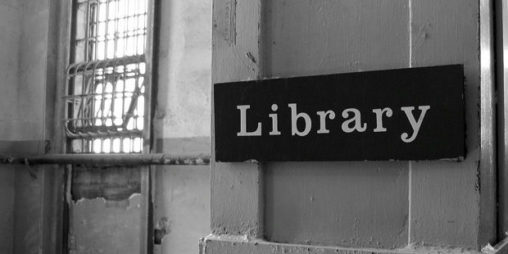
This paper will provide an overview of the current state of libraries within jails, prisons, and youth facilities: their policies, the programs they run, and their impact on incarcerated individuals. By examining collection development, patron privacy, prison law libraries, reference services, the school-to-prison pipeline, literacy programs for youth, and technology and information literacy, I hope to show the range and breadth of what prison libraries seek to accomplish.
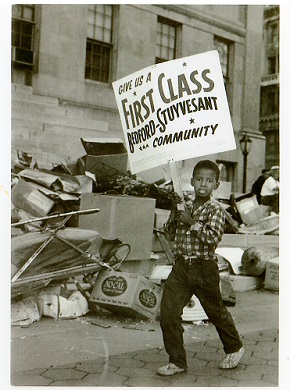
Projects in Digital Archives students present on a collaborative project with the Brooklyn Public Library to digitize audio interviews from the Civil Rights in Brooklyn Project. The interviews include interviews with notable civil rights activists from the Brooklyn chapter of the Congress of Racial Equality (CORE).
This panel presentation describes a service-learning partnership with the New York Public Library’s Correctional Services Department, answering reference questions mailed from people incarcerated not only in New York City and State prisons and jails but also in prisons and jails across the country.
Exhibit guide to the Kerry James Marshall exhibit at the MET in Fall 2016
In LIS 677 Literacy and Literature for Young Adults, we used a youth lens to situate ourselves as adult librarians selecting resources for teens. Student presenters will share topical resource lists that share multiple intersections and draw on some of the newest materials for teens that address social and cultural issues using humor, advocacy, and the voices of teens.
This project uses historical materials from the Brooklyn Collection archive on the creation of the Marcy Houses projects to explore themes of community and local history with secondary school students in the Brooklyn Connections program. By exploring current issues around housing through the lens of historical events, this group created a unit of study that engages students in culturally relevant instruction.
The “LibGuide for Film and Media Preservation” is a centralized location tool to serve the needs of beginning professionals working with and managing moving image media, analog and digital, in information environments such as archives, museum and special collections and libraries. In addition, the resource guide is designed as a supplement to graduate students taking relevant course work in library and informational science coursework, such as film and media collections. The LibGuide includes information resources including encyclopedias, dictionaries, and indexes, selected for their coverage across disciplines including varied topics as preservation, conservation and restoration, film history, and librarianship.
This instructional video teaches a craft skill using principles of instructional design and simple technology.
This instructional video uses stop animation and principals of good instructional design to teach how to fold a plastic shopping bag into a neat, small triangle.
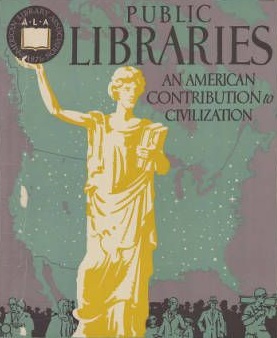
![from MARC to BIBFRAME [!] - oster for #infoshow2018 by Sarah Adams](https://studentwork.prattsi.org/infoshow/wp-content/uploads/sites/2/from-MARC-to-BIBFRAME--508x381.jpg)
